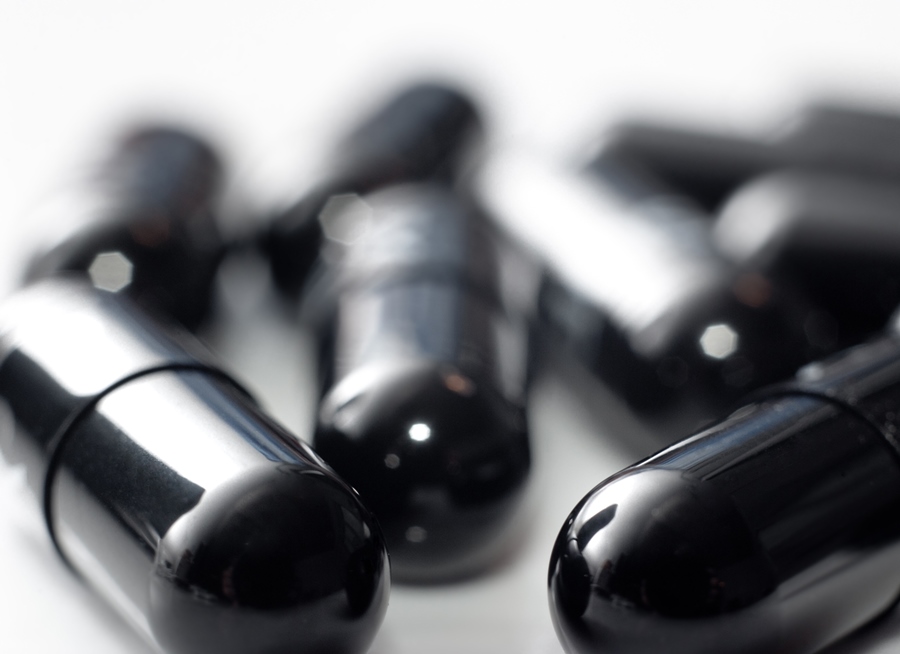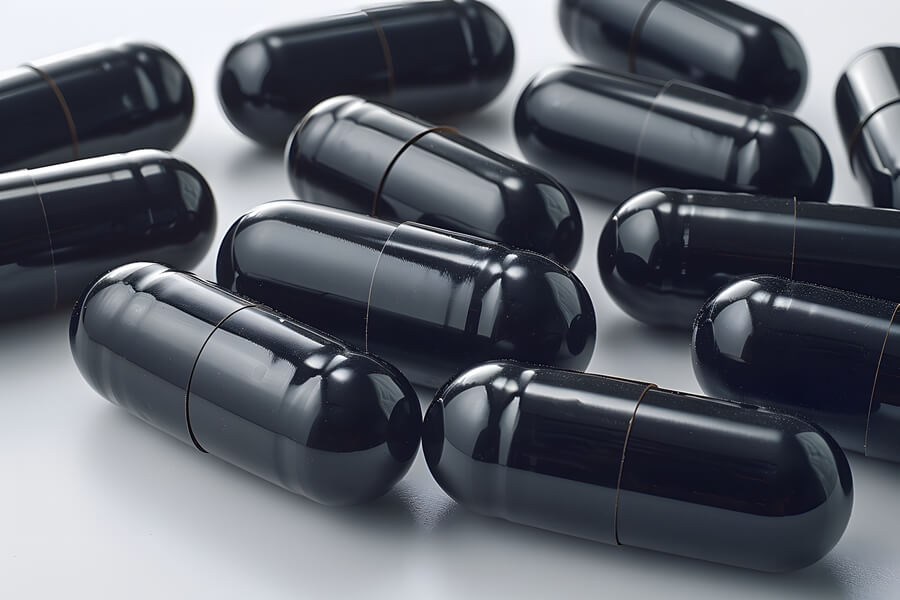Amphetamines have a longstanding history in the recreational drug world. One such amphetamine includes Black Beauties, which is a slang term referring to an amphetamine pill previously marketed under the trade name of Biphetamine 20. These pills contained 10 mg of amphetamine and 10 mg of dextroamphetamine, making them potent stimulant pills that had an array of therapeutic and recreational uses. Black Beauties first gained traction as a street drug in the 1960s and 1970s, known for being a cheap and legal alternative to other stimulant drugs like cocaine.
This article will explore the history of Black Beauties and amphetamines, while also delving into their potential for abuse and the impact of amphetamines in today’s world.
Historical background
The origins of Black Beauties date back to the 1930s when the first amphetamine, Benzedrine, was marketed as an over-the-counter (OTC) inhaler used for nasal congestion.
Over time, other amphetamines became available by prescription to treat conditions such as narcolepsy—a sleeping disorder—and attention deficit hyperactivity disorder (ADHD). Functioning as stimulants, drugs like Black Beauties work by activating the nervous system through neurotransmitter release. This stimulation leads to increased attention, wakefulness, and a suppressed appetite.
Black Beauties surged in popularity during the 1960s and 1970s as a recreational drug. Not only were Black Beauties legal at the time but they were a much more affordable option than cocaine. While these pills took the public by storm initially, the drug was made illegal in 1965 unless obtained via a prescription. Then, with the Controlled Substances Act in 1970, there was a decline in the use of Black Beauties. In 1998, Biphetamine 20 was officially withdrawn from the market, however, many other types of amphetamines are still marketed today.
Usage and effects
To understand how Black Beauties were used, it is important to first review how they work. Amphetamines work on the central nervous system by simulating the release and preventing the reuptake of neurotransmitters known as dopamine and norepinephrine. In doing so, amphetamines increase dopamine and norepinephrine concentrations. These neurotransmitters are implicated in mood, alertness, and more, which is why amphetamines are often used clinically in the settings of ADHD and narcolepsy. However, despite the medical applications of these drugs, they come with some inherent risks.
Risk and Side Effects

First and foremost, Black Beauties are no longer legally marketed under the brand name Biphetamine 20. This means that if Black Beauties are being sold, they’re being sold illegally and are likely inauthentic. This only adds to the potential risks of taking Black Beauties.
One of the biggest concerns when it comes to amphetamines like Black Beauties is the potential for abuse. Because Black Beauties release dopamine, they activate the reward system in the brain. With frequent use, many individuals in turn develop a dependency on the drug itself. Thus, the potential for misuse can quickly lead to addiction and other serious health risks.
The consequences of the misuse of Black Beauties and other amphetamines include other widespread physical and psychological risks. Aside from addiction, the main adverse effects include:
- Cardiovascular problems. Amphetamines can affect the heart and increase blood pressure, which can cause issues like arrhythmias, heart palpitations, and even heart attacks, especially in those with underlying health conditions.
- Mental health issues. Abusing amphetamines like Black Beauties for extended periods can both exacerbate or cause mental health problems. Users may experience things like anxiety, paranoia, or hallucinations. Additionally, they can cause mood problems such as depression, suicidal ideation, and violent behavior.
- Insomnia and sleep deprivation. Recall that amphetamines increase wakefulness. Long-term sleep deprivation can be harmful, causing issues like decreased immune function, impaired cognition, or mood swings.
Other issues that amphetamines can cause include:
- Decreased appetite
- Weight loss
- High body temperature
- Skin flushing
- Tremors
- Restlessness
- Tooth decay
- Skin sores
Current relevance
As aforementioned, Biphetamine 20 (Black Beauties) was withdrawn from the market in 1998, so they are no longer available legally via prescription. Before that, the Controlled Substances Act (CSA), enacted in 1970, instituted a framework for regulating certain drugs. Under CSA, amphetamines are classified as Schedule II, meaning they have a high potential for abuse and dependence. Although Black Beauties are no longer available, other amphetamines are still marketed but have tighter prescription controls than other types of medications. Thus, it is important to be aware of the potential risks associated with their use, particularly the potential for abuse and dependence.
For those that may have developed an addiction to Black Beauties, there are a wide array of treatment modalities available. These can include:
- Medical intervention. Though there isn’t a medication that is fully effective in treating amphetamine withdrawal, there may be some therapies that can help manage withdrawal symptoms, such as antidepressants.
- Therapy. Therapy such as cognitive behavioral therapy (CBT) may be effective in managing addiction, specifically when it comes to amphetamine dependence.
- Support groups. For those struggling with addiction, support groups like Narcotics Anonymous can be a safe space to share one’s journey and seek emotional support.
Conclusion
The rise and fall of Black Beauties is a testament to the potential for abuse of amphetamines. While Black Beauties are no longer available, their surge in popularity and eventual withdrawal from the market remind us of the importance of drug regulations and safety in the context of abuse and misuse.
If you are seeking treatment for addiction, detoxification, or other help, please feel free to contact our rehab center.



